Republic of the Congo travel tips
Republic of the Congo travel tips: Central African nation with diverse ecosystems, rich biodiversity, and a mix of ethnic cultures.
Departaments 🌎
Republic of the Congo travel tips. Here is a list of all the departaments of the Republic of the Congo.
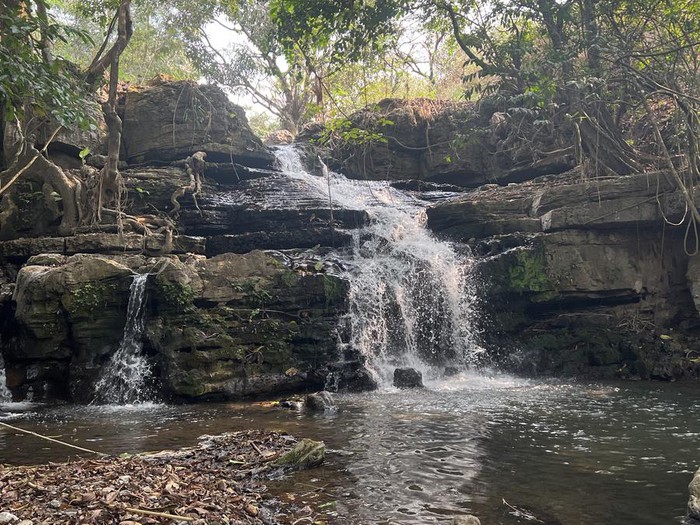
Bouenza

Cuvette

Cuvette-Ouest
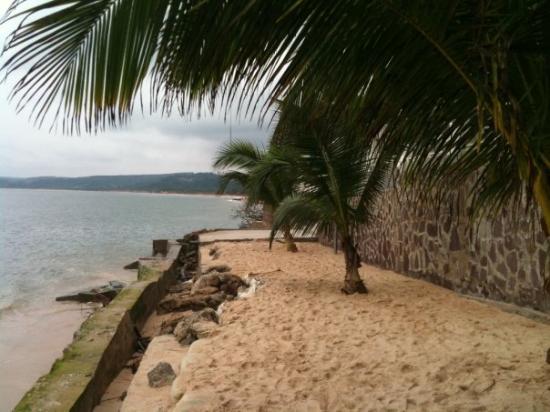
Kouilou
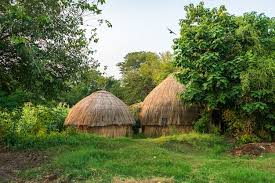
Lékoumou
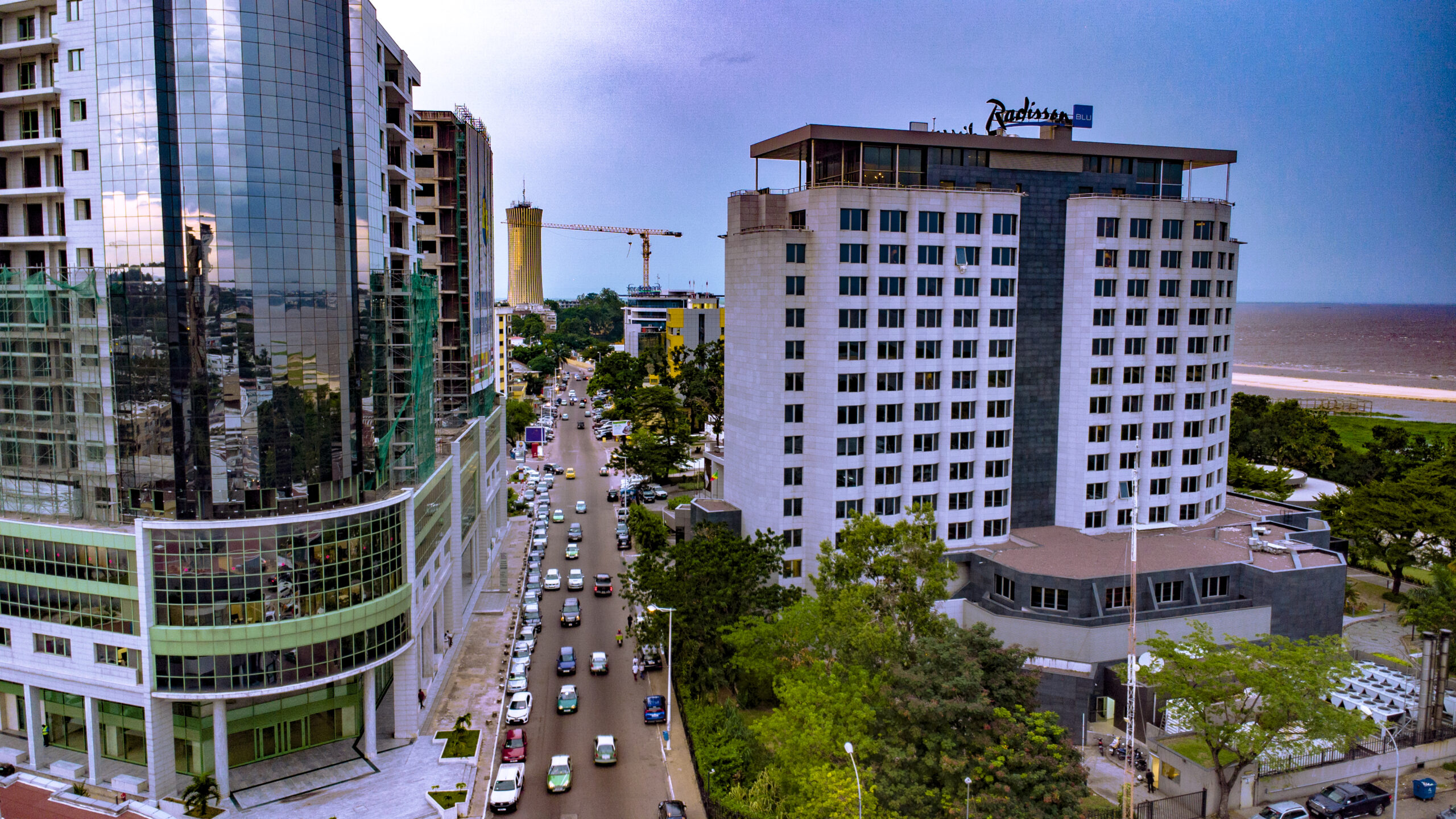
Brazzaville

Likouala
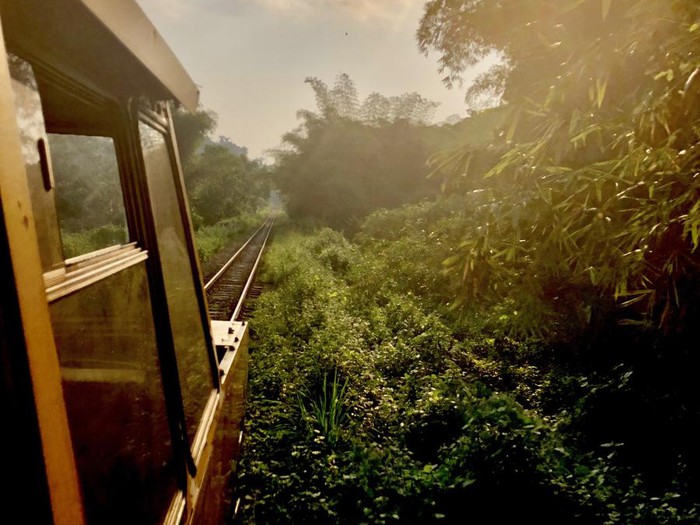
Niari
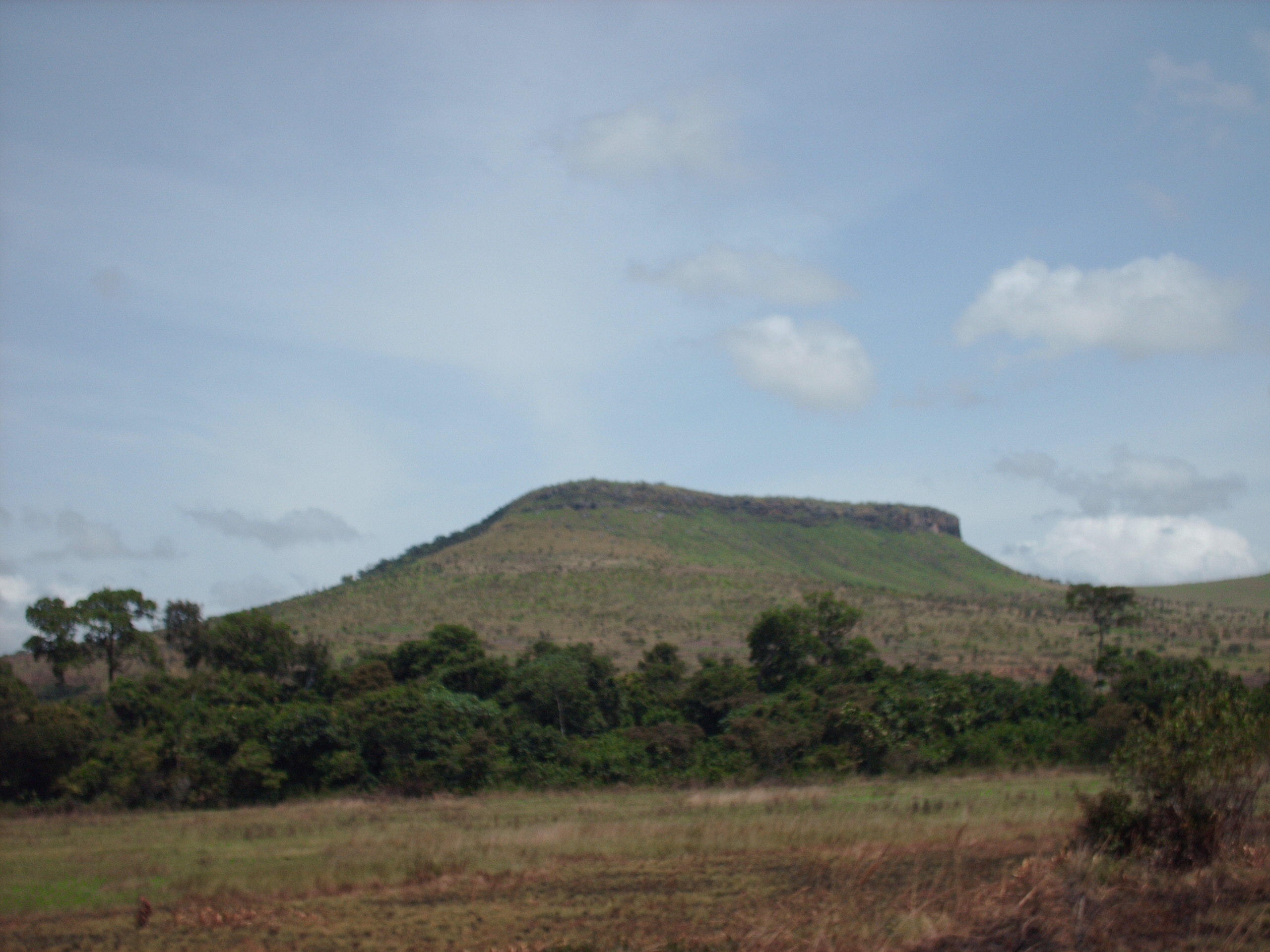
Plateaux
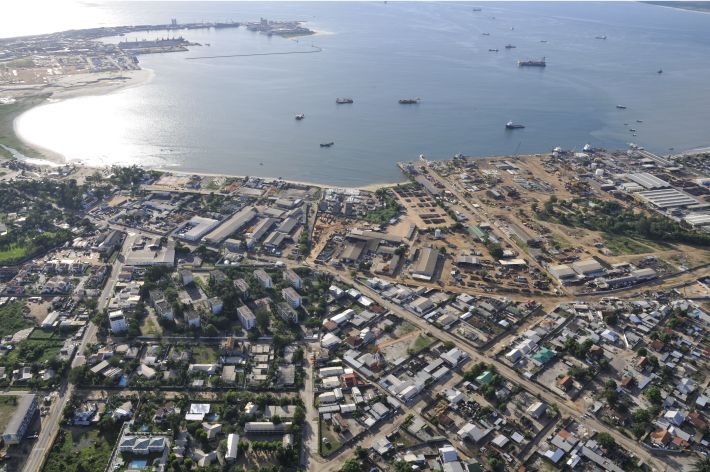
Pointe-Noire
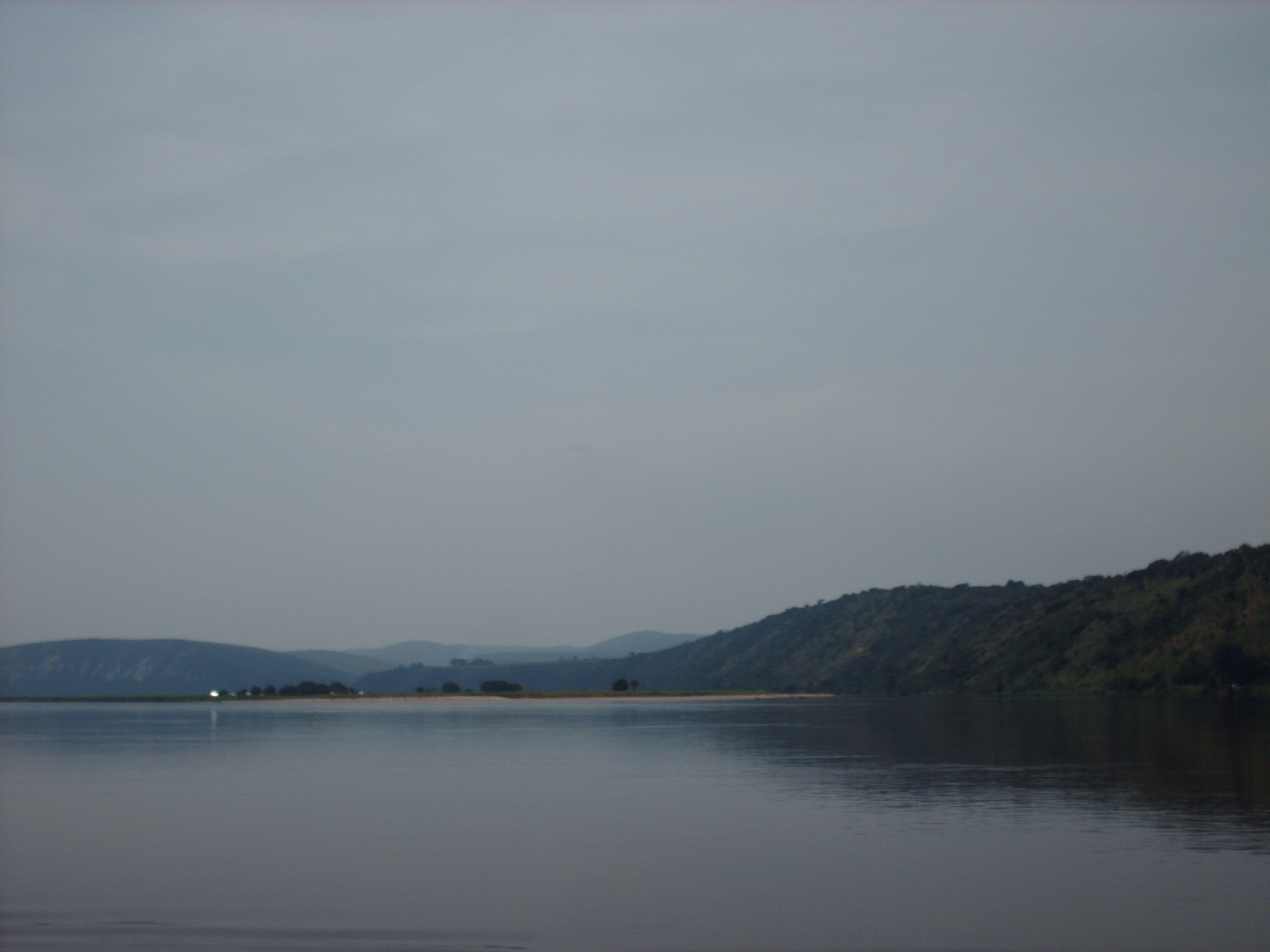
Pool
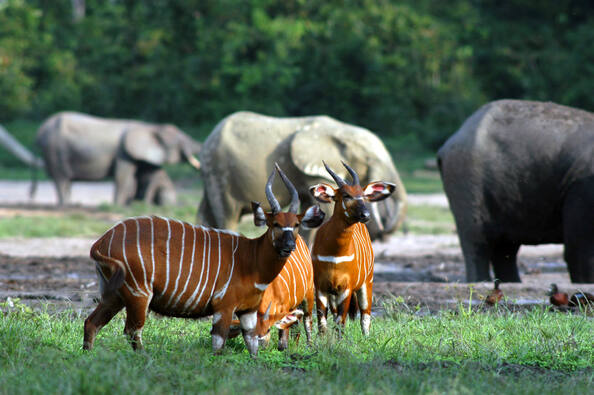
Sangha
Before you go 🛩
Important information you should know before your trip
Info

Capital | Brazzaville
Flag Codes:
ISO alpha-2 CG,
ISO alpha-3 COG
Currency
Badge | CFA franc
CODE | XOF
NUMBER | 950
SYMBOL | Fr
FRACTION | penny
Mobile Coverage
Dialing Code | +242
SIM Card
Coverage | 3G / 4G / 5G |
Mobile Networks | Airtel Mobile | MTN Mobile |
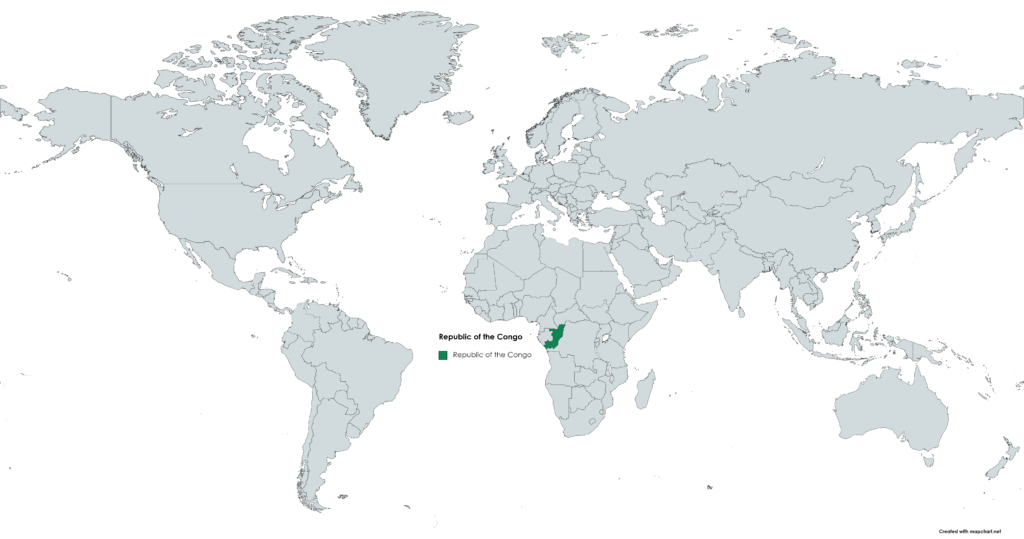
Location
The Republic of the Congo, also known as Congo-Brazzaville to distinguish it from its larger neighbor, the Democratic Republic of the Congo (Congo-Kinshasa), is located in Central Africa. It is situated in the western part of the African continent and is bordered by several countries.
Coastline: The Republic of the Congo has a coastline along the Atlantic Ocean to the west, which stretches for approximately 169 kilometers (105 miles).
Capital: The capital city of the Republic of the Congo is Brazzaville, which is situated on the banks of the Congo River, across from the larger city of Kinshasa, which is the capital of the Democratic Republic of the Congo.
Geography: The country’s geography is characterized by a diverse landscape that includes dense rainforests, savannas, plateaus, and river systems, including the Congo River and its tributaries.
The Republic of the Congo is known for its lush natural beauty and biodiversity, with a significant portion of its land covered by tropical rainforests. It is home to various wildlife species and is part of the Congo Basin, one of the world’s largest tropical rainforest regions.
Currency
The currency of the Republic of the Congo, often referred to as Congo-Brazzaville to distinguish it from the neighboring Democratic Republic of the Congo (Congo-Kinshasa), is the Central African CFA franc.
It is abbreviated as XAF, with the currency symbol being “FCFA” or simply “F.”
The Central African CFA franc is a common currency used by several Central African countries that are part of the Central African Economic and Monetary Community (CEMAC).
These countries include Cameroon, Chad, the Central African Republic, Equatorial Guinea, Gabon, and the Republic of the Congo.
The currency is issued and guaranteed by the Central Bank of Central African States (BEAC), which is the central bank for the CEMAC member countries. The Central African CFA franc is pegged to the Euro (EUR), with a fixed exchange rate.
Languages
The Republic of the Congo, often referred to as Congo-Brazzaville to distinguish it from the neighboring Democratic Republic of the Congo (Congo-Kinshasa), is a multilingual country with French as its official language. French serves as the language of government, administration, education, and media. It is also the primary language of instruction in schools and universities.
In addition to French, there are several other languages spoken by various ethnic groups and communities across the country. Some of the major indigenous languages include:
Lingala: Lingala is spoken in some areas of the Republic of the Congo, particularly in the capital city, Brazzaville, and other urban centers. It is also spoken in neighboring countries like the Democratic Republic of the Congo.
Kikongo: Kikongo is spoken by some communities in the southwestern region of the country, near the border with Angola.
Kituba: Kituba, also known as Kikongo ya Leta (Kikongo of the state), is a creole language used for communication between speakers of different indigenous languages and for trade purposes.
Teke Languages: Several Teke languages are spoken in the Republic of the Congo, including Teke-Tsaayi, Teke-Tyi, and Teke-Kukuya. These languages are primarily spoken in the northern and central regions.
Lari: Lari is spoken in the Pool Department, which is located in the southern part of the country.
Other Bantu Languages: Various Bantu languages are spoken in different regions, reflecting the country’s ethnic and cultural diversity.
Climate 🌡
The Republic of the Congo, located in Central Africa, experiences a tropical climate, characterized by high temperatures and high humidity throughout the year. The climate is influenced by the country’s equatorial location and its proximity to the Congo River and the Atlantic Ocean. Here are the key features of the climate in the Republic of the Congo:
Equatorial Climate:
The majority of the country has an equatorial climate, with relatively consistent temperatures year-round. There is no distinct dry season or winter.
High Temperatures: Daytime temperatures are typically warm to hot, with average highs ranging from 27°C to 32°C (81°F to 90°F). These temperatures remain relatively stable throughout the year.
High Humidity: The Republic of the Congo experiences high humidity levels, with humidity often exceeding 80%. The combination of heat and humidity can make the climate feel even hotter.
Heavy Rainfall: The country receives significant rainfall throughout the year, with two main rainy seasons:
Long Rainy Season:
The primary rainy season occurs from October to December, with the heaviest rainfall in November. During this period, the country experiences frequent and sometimes heavy rain showers.
Short Rainy Season:
A shorter rainy season occurs from March to May, with rainfall gradually decreasing as the season progresses.
Tropical Rainforests:
The country’s extensive tropical rainforests are a result of its equatorial climate and consistent rainfall. These rainforests are home to a diverse range of flora and fauna.
Coastal Influence:
The coastal areas of the Republic of the Congo, along the Atlantic Ocean, have a slightly different climate, with milder temperatures and less extreme humidity compared to inland areas.
Seasonal Variations:
While there is no distinct dry season, the period from June to August is generally considered to be the drier season, with reduced rainfall. However, some rain can still occur during this time.
Tropical Storms:
The country is occasionally affected by tropical storms and cyclones, especially along the coastal areas. These storms can bring heavy rainfall and strong winds.
Republic of the Congo travel tips
If you’re planning a trip to Republic of the Congo, here are some travel tips to enhance your experience:
Visa and Entry Requirements:
Ensure you have the required visa and valid passport before traveling. Check with the embassy for the latest information.
Health Precautions:
Get vaccinations for yellow fever and other recommended shots. Bring mosquito repellent, malaria prophylaxis, and basic medical supplies.
Local Customs and Etiquette:
Respect local customs and traditions. A handshake is a common greeting. Dress modestly, especially in rural areas and religious sites.
Climate and Clothing:
The Congo has a tropical climate. Pack lightweight, breathable clothing, but also include a rain jacket and sturdy shoes for outdoor activities.
Transportation:
Domestic flights and river transport are common. Roads may be challenging, so plan accordingly. Hire local guides for easier navigation. View Guide.
Wildlife Safaris:
Explore the lush rainforests and national parks. Hire experienced guides for wildlife safaris to spot gorillas, elephants, and diverse bird species.
Cultural Experiences:
Engage with local communities. Attend traditional ceremonies and festivals to immerse yourself in the rich cultural tapestry.
Enjoy your time in Republic of the Congo!

The best of the best
The cuisine of the Republic of the Congo, located in Central Africa, reflects its cultural diversity and the availability of local ingredients. Traditional Congolese dishes often feature staples such as cassava, plantains, rice, and a variety of meats and fish.
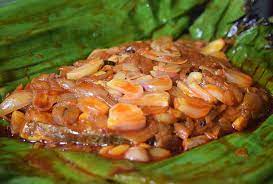
Liboke
Liboke is a dish made with fish or meat that is marinated in spices and wrapped in banana leaves before being cooked.
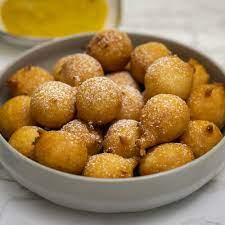
Beignets
Beignets are deep-fried doughnuts or fritters that are commonly enjoyed as snacks or desserts.

Foufou (Foufou saucisse)
Foufou is similar to fufu and is made from cassava or plantains. Foufou saucisse is a popular variation that includes sausages cooked with tomatoes and spices, served with foufou.
Here are some typical foods and dishes you may find in the Republic of the Congo:
Pondu: Pondu is another dish featuring cassava leaves, similar to Saka-Saka, but it is prepared with fermented cassava leaves and palm oil, giving it a distinctive flavor.
Maboke: Maboke is a traditional way of cooking fish, where the fish is marinated with spices and herbs, wrapped in banana leaves, and then grilled or steamed. It’s a popular method for preparing fish in the country.
Bamboula: Bamboula is a fermented cassava dish that is often served as a side dish or condiment.
Mokabo: Mokabo is a traditional Congolese dish made with dried fish or smoked fish, cooked with tomatoes, onions, and spices.
Tropical Fruits: The Republic of the Congo’s tropical climate allows for the cultivation of a variety of fruits, including bananas, pineapples, mangoes, papayas, and oranges. These fruits are often enjoyed fresh or as part of fruit salads.
Congolese cuisine reflects the country’s rich cultural diversity and the use of locally available ingredients. It’s important to note that regional variations in food and cooking styles may exist within the country, adding to the culinary diversity of the Republic of the Congo.
Transportation 🚥
More information about this country
Choose your destination 📍🗺
Useful Links ✅



